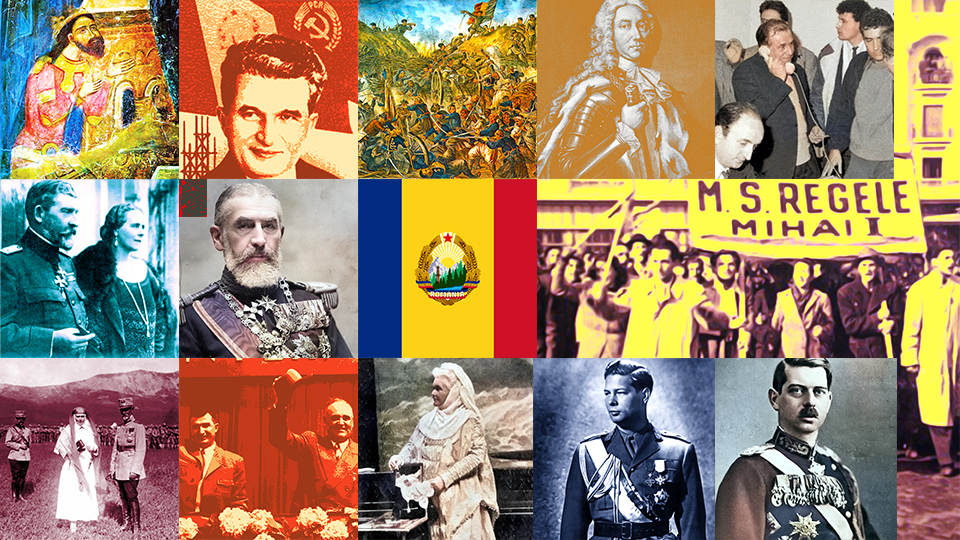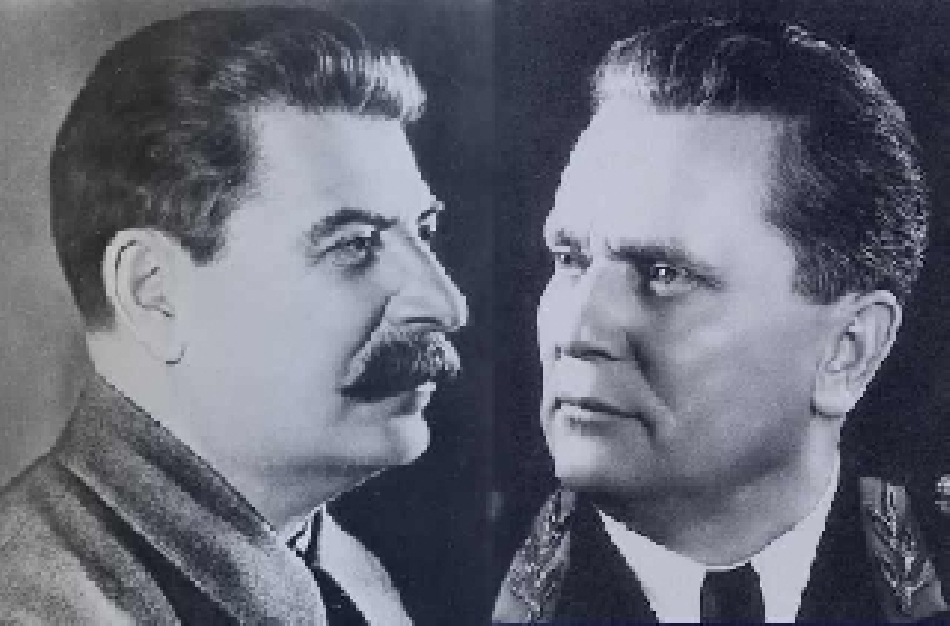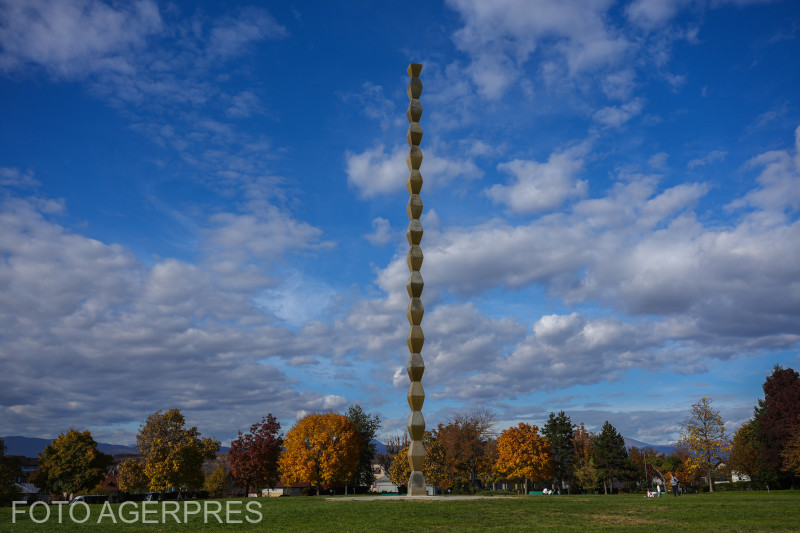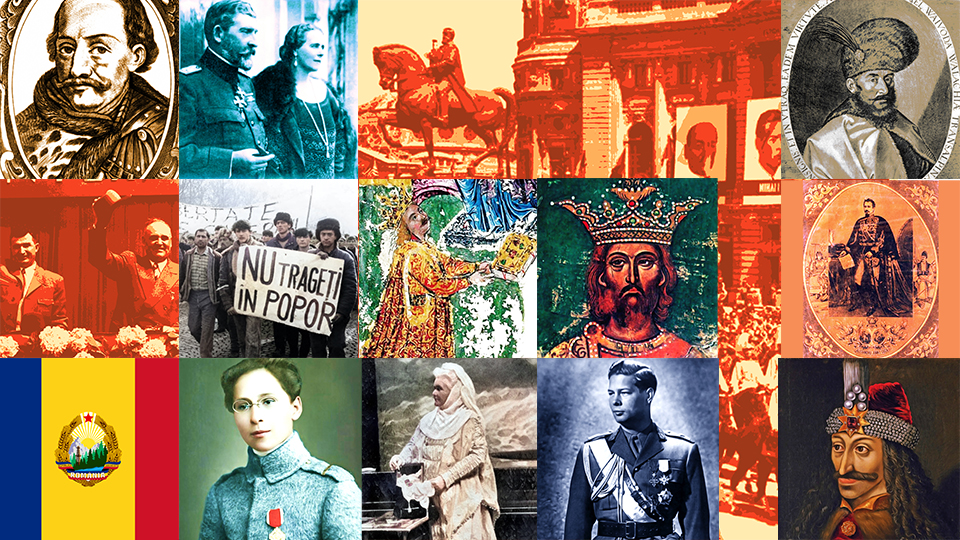The Forts of Bucharest
Up until the mid 19th century, Bucharest had no fortifications.

Steliu Lambru, 31.10.2016, 14:15
Up until the mid-19th Century, Bucharest, like other cities in the region under the control of the Ottoman Empire, had no fortifications. The 19th Century military art and philosophy of war however required that a capital city, that is, a place of strategic importance, should have defence systems against enemies. This is when the idea was born to have Bucharest, the political and administrative centre of Romania since 1859, protected and defended.
We talked to historian Sorin Cristescu from the”Spiru Haret” University in Bucharest, about the fortifications of the Romanian capital city.
“This idea was first put forth as early as under the rule of Alexandru Ioan Cuza, in 1859-1866. He considered having defence works in Bucharest, but lacked the means to implement the plan. The idea was taken up by King Carol I after the Independence War of 1877-1878, at a time when Romania had privileged relations with Belgium. Carol sent a personal invitation to General Henri Alexis Brialmont, an expert in this type of works. General Brialmont had been in charge of building similar fortifications all over Belgium, and they were believed to be very good. And they proved to be very good, the fort of Antwerp is an example. So this is how this large-scale project was organised. It comprised 18 forts situated on a 72-km long line around the capital city. This fortified line was designed to keep the city safe from enemy cannon fire. This is why the forts were built some 14 -15 km away from the city itself. In between the 18 forts, every 2 km, there were intermediate batteries designed for close-range fire and equipped with 57-millimeter cannons.”
The Belgian general was put in charge of the belt of forts, which was seen as having huge strategic importance. Sorin Cristescu:
“Construction works started in 1883 and were considered completed in 1900. They took 17 years but additional works were performed until 1910-1911. Classic bricks were used for the construction. The initial tender was organized for 300 million, but eventually 500 million were needed. Choosing cannons for the turrets was rather difficult, as two different companies were competing for the job – Creusot, a French firm and Gruson, a German one. The French played tough and won, motivating that the French soldiers could stay in the forts turrets while being fired at. The Germans disagreed with that strategy and they were actually right. They knew very well that a soldier should not be there while under attack.”
Bucharest had tree types of forts, with the strongest ones built in northern Bucharest while the others were built in the south. Sorin Cristescu gave us details about them:
“The type-1 forts were located in Chitila and Otopeni, they were 463-meter long and were equipped with two 150 mm cannons and two howitzers of 210 mm. The type -2 forts were the ones in Mogosoaia and Jilava, which were 448-m long, and were equipped with 4 canons of 150 mm and 3 howitzers of 210 mm. Finally, the type-3 forts in Pantelimon, Cernica, Catelu, Leordeni, Popesti, Berceni, Broscarei, Magurele, Bragadiru, Domnesti, Chiajna and Tunari were 400-m forts with very thick walls. Entering such forts is an unpleasant experience as air here is cold and wet, increasing the risk of developing TB. There is another fort in Stefanesti, surrounded by a ditch that was 50-m wide and 6.60-m deep. The fort in Afumati is quite unique. The large forts, type 1 and 2, included a so-called reduit, a circular structure in which the defending troops could retreat when the outer defence was breached.”
Sorin Cristescu told us how much Bucharests forts cost and if the purpose of their construction was met:
“In order for a fortress to reach its purpose, it should be considered that its fire guns would not be needed at the beginning of a military campaign. A fortress should have only sheltered the gunmen, fire guns and ammunition to be used later. In the case of Bucharest, this did not happen. When Romania entered WWI, before the military and political pact with Antanta was signed on August 17, 1916, the Austrian-Hungarian reports dated August 8, 1916 show that the fortress of Bucharest had been scrapped. All fire guns had been taken out of the fortress and sent to the troops defending the border. Under these circumstances, the fortress of Bucharest had become useless. Its costs were calculated at 111-lei-gold equivalent. If we take into account the fact that a gram of gold cost 3.10 lei and that the bridge in Cernavoda cost 35 million lei, we realize that it would have been much better if the money had been used to buy more fire guns.”
During WW2 the forts were equipped with anti-air guns to protect Bucharest from the American air strikes. When the war was over these forts changed their destination. Thus the infamous fort Jilava 13 was turned into a jail for political prisoners during communism.






























